It isn’t every day that we’re treated to an exhibition of eighteenth-century pastels!
So, if you can, be sure to take in this one that’s just opened at the J. Paul Getty Museum in Los Angeles, California. You have until 26 February 2023 but try not to wait until the last days as you know what will happen then!
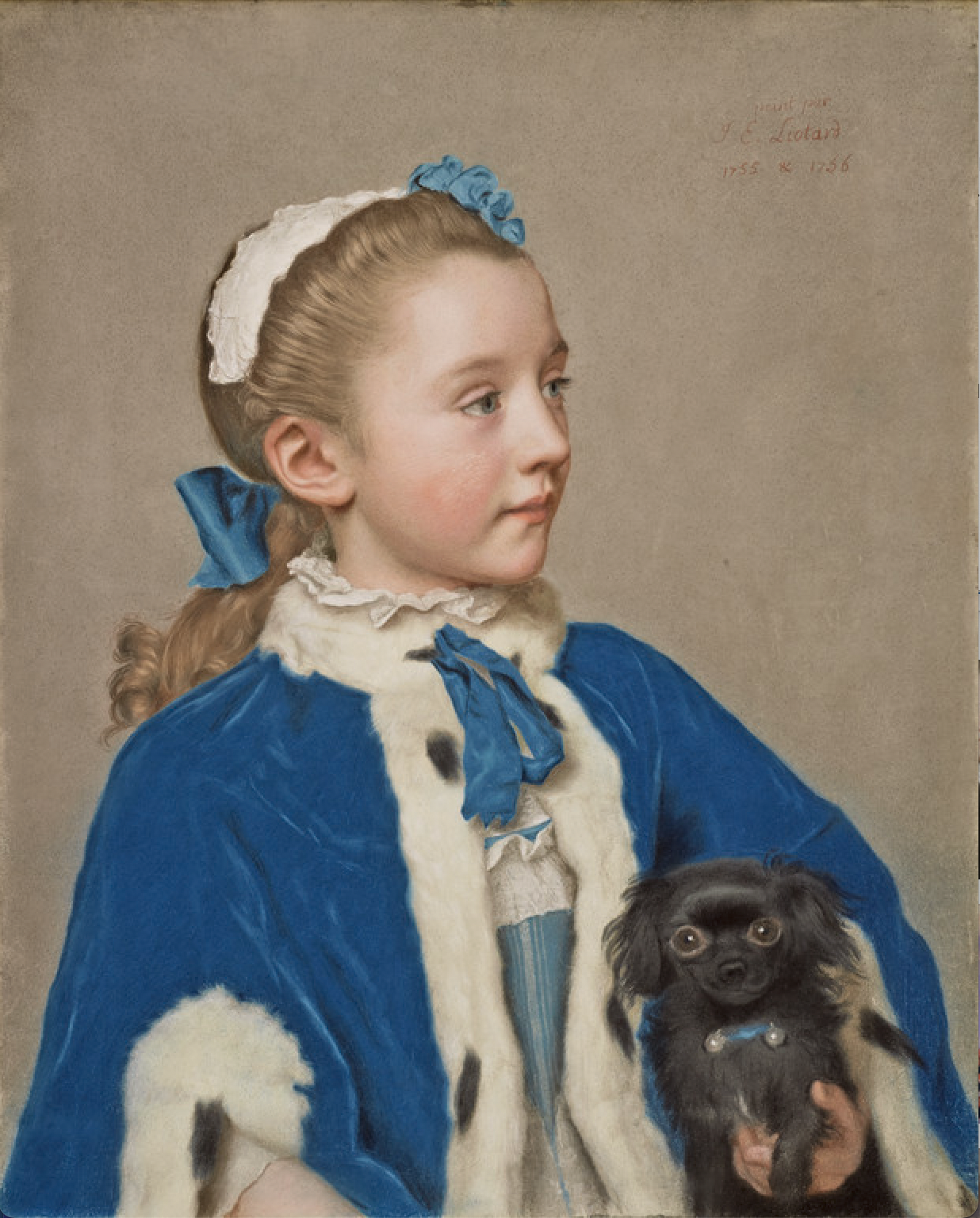
Made up primarily of portraits by a number of artists, the exhibition “explores the popularity of pastels across eighteenth-century Europe and showcases their striking physical properties.”
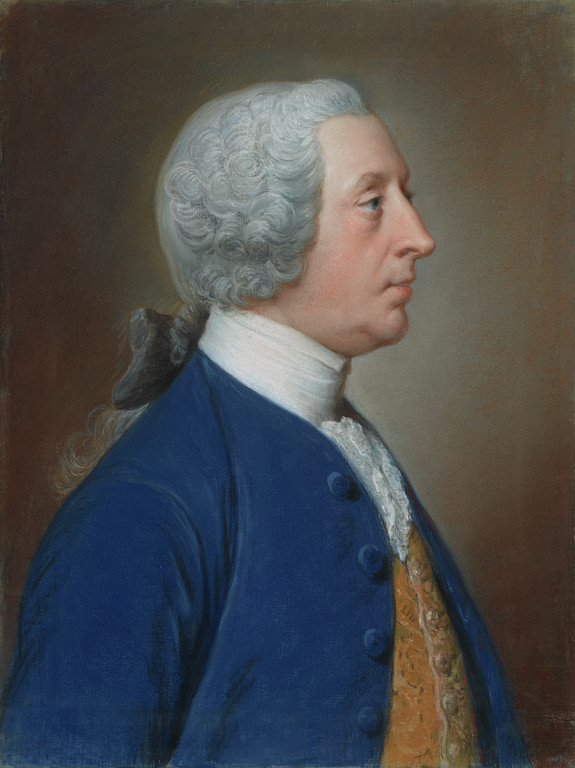
Pastel had become immensely popular by the mid-eighteenth century. The pigment in a stick allowed for greater portability and swifter execution than oil paint.
“Working with pastels differs greatly from painting with oils, which require cumbersome equipment, long sittings, and extensive drying times,” says Emily Beeny, curator of European paintings at the Fine Arts Museums of San Francisco and former associate curator of drawings at the Getty Museum. “Their relative ease and portability made pastels an especially desirable medium for traveling artists seeking to expand their portfolio with portraits.”
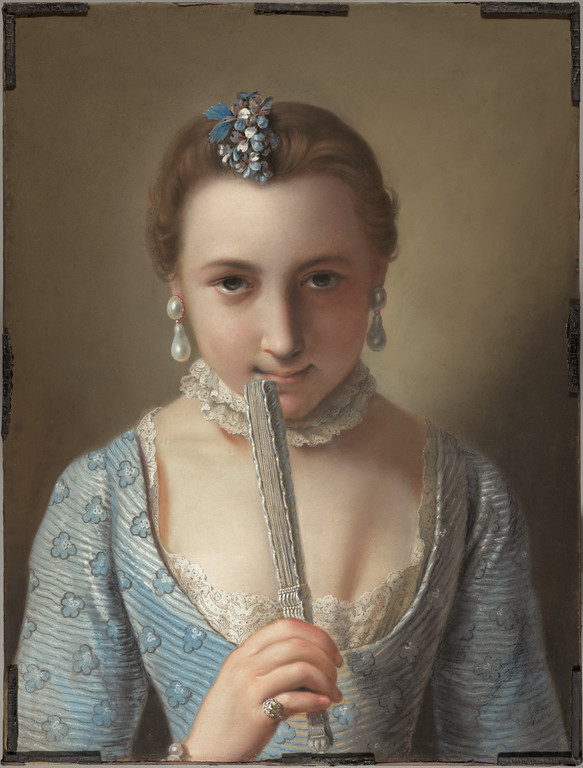
The artists and sitters for these portraits came from across Europe and Britain – a testament to the pastel phenomenon in the eighteenth-century.
Most of the works come from the Getty’s own collection. This is an opportunity to see eighteenth-century pastels together, works by Jean-Étienne Liotard, John Russell, Rosalba Carriera, and Adélaïde Labille-Guiard. The exhibition is enhanced by the a loan of four other pieces which include two pieces of seldom-seen works by Cornelis Troost that are on long-term loans from the Mauritshuis in the Netherlands.
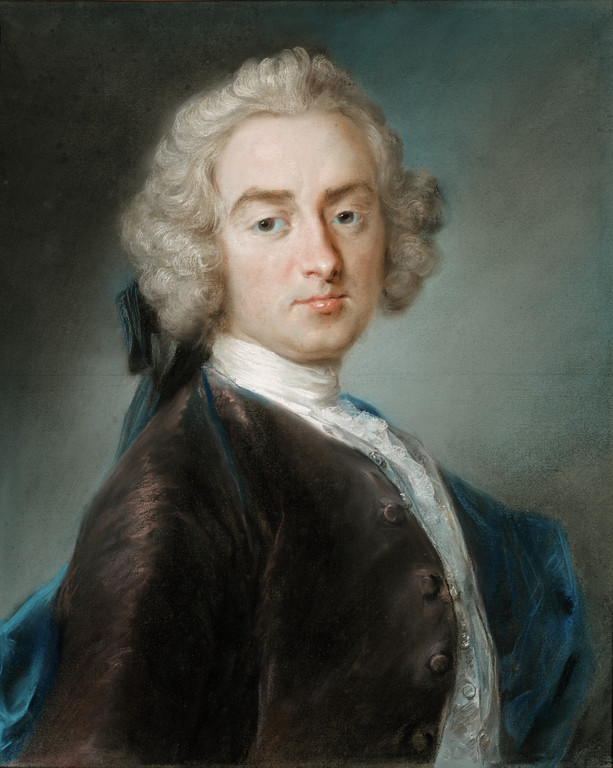
“Featuring works by many of the most talented pastel portraitists of the age, this exhibition is a sumptuous feast for the eyes,” says Ellie Bernick, graduate intern at the Getty Museum and co-curator of the exhibition. “Plus, the exhibition features several works by female pastelists like Adélaïde Labille-Guiard, Rosalba Carriera, and Mary Hoare, exemplifying the important role the medium played in bringing women artists into the profession.”

Eighteenth-Century Pastels is curated by Emily Beeny, curator of European paintings at the Fine Arts Museums of San Francisco and former associate curator of drawings at the Getty Museum, and Ellie Bernick, graduate intern at the Getty Museum, with the assistance of Julian Brooks, senior curator of drawings at the Getty Museum.
The small print: Please note that admission to the Getty Center is always free, but a reservation is required for admission. Make reservations online or at (310) 440-7300. Also, parking is $20, $15 after 3pm, and $10 after 6pm. The Getty Center is located at 1200 Getty Center Drive, Los Angeles, California.
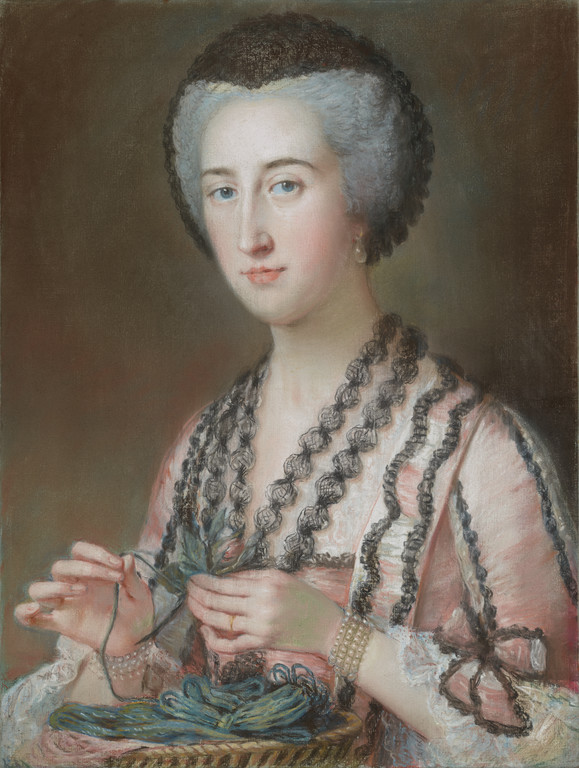
If you go, please be sure to leave a comment on the blog! We want to hear all about it.
Hmmmm….maybe this is an excuse to visit LA?!
_____________________________________________________________________
A painting at the Getty for Labour Day
Today marks the national holiday of Labour Day in Canada and the United States. To honour and celebrate the day, I picked out a painting from the Getty Museum that reflects the theme of work.
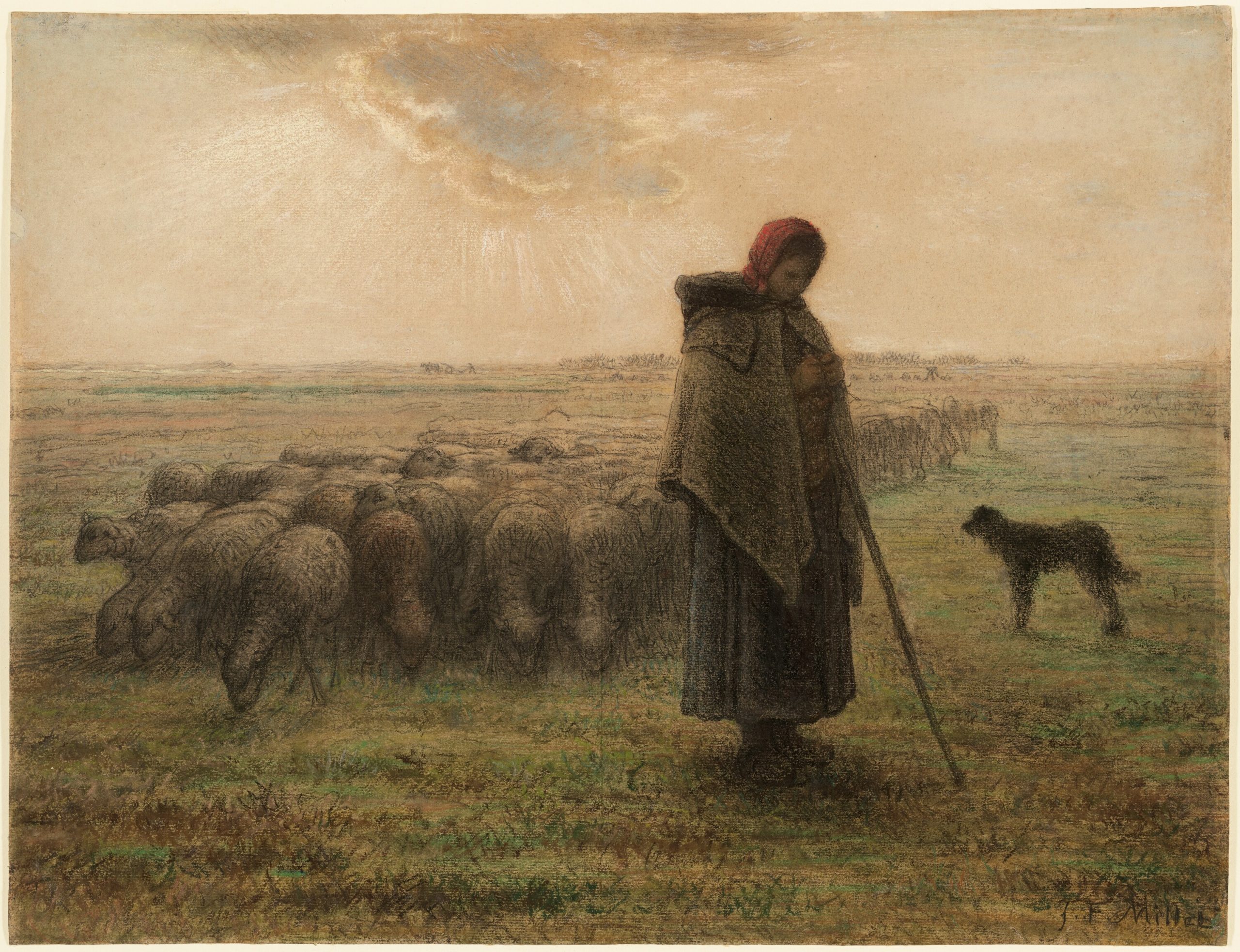
In this painting by Jean-François Millet, a shepherdess, sheepdog, and flock of sheep stand quietly in a field. The figure is silhouetted against the sky in which a cloud has blotted out the sun. Her head down, it’s not clear what she’s doing – waiting, praying, contemplating? The painting is filled with the dignity of the peasant and her work.
This pastel is directly related to the painting of the same name. Now in the Musée d’Orsay in Paris, the oil painting was exhibited at the Salon of 1864 to great acclaim.
And that’s it for this time,
Gail

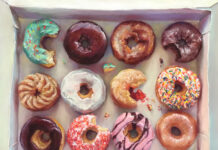
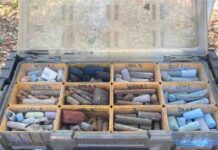
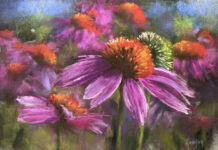
Hi Gail, Millet’s ‘Shepherdess’ is knitting. Lots of shepherds used to knit while they tended their animals. Millet did another one of a shepherdess spinning with a hank of natural colored yarn in her lap. They multitasked in order to be productive and then sell the yarn or knitted object. I’ve seen them doing this in Ireland and I’m not that old!
Thanks so much for your comment Denise. It made me look even closer. It looked like she was holding a doll-type object in the pastel but when I look at the oil painting version, I can see what appears to be four knitting needles. So thank you for pointing this out!
I’ve been to the pastel room many times at the Getty but to see this expanded group of paintings will be thrilling. I subscribe the the Getty emails but missed the news this exhibition somehow. Thanks for alerting us!
Ohhh Mary, so you’ll be one of the lucky ones to see this grouping of paintings together. Please let us know your highlights once you’ve visited the Getty.